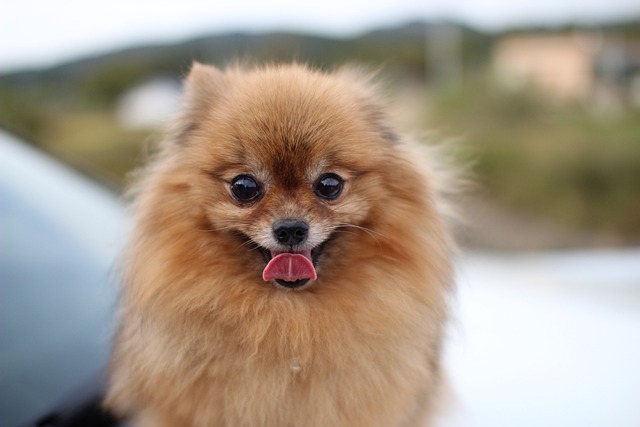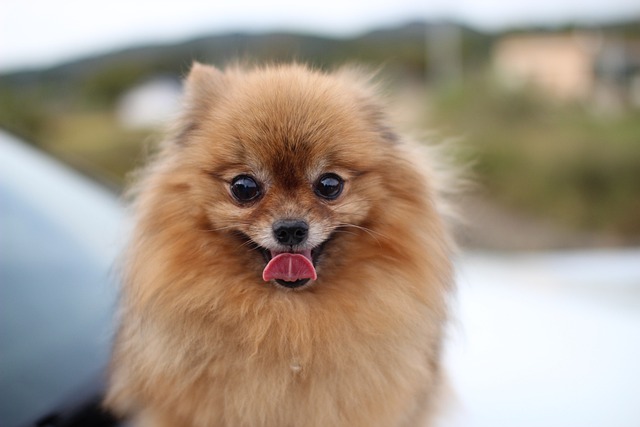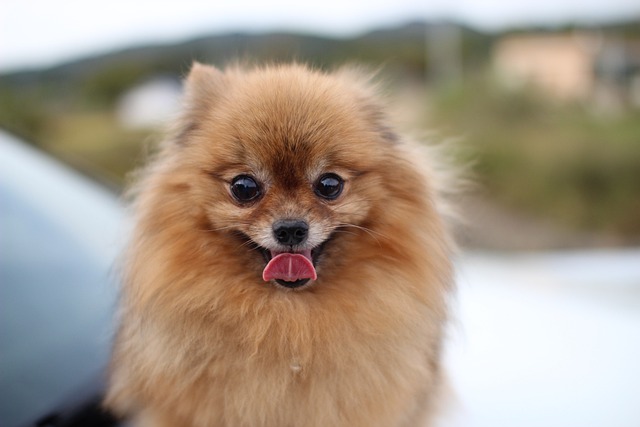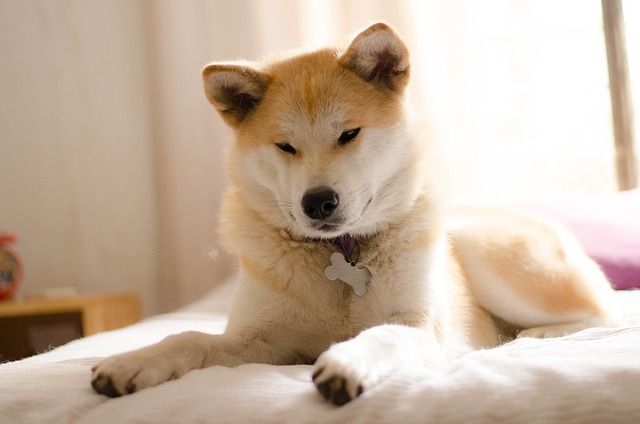
What is the best diet for a puppy
Walking down the puppy food aisle can feel overwhelming—do you choose grain-free, large breed formula, or that expensive brand with the cute packaging?
That little measuring cup in your hand feels so small, especially when you have a growing, energetic puppy who seems to be hungry all the time. It’s natural to wonder if just one cup of food a day is truly enough to fuel all that development. The honest answer is: it completely depends. A single cup could be far too much for a tiny Chihuahua puppy but dangerously too little for a large-breed Labrador. Puppy nutrition isn't about volume; it's about precise calorie and nutrient density tailored to their expected adult size, age, and activity level. Their bodies are building at an incredible rate, requiring nearly double the energy per pound of body weight compared to an adult dog. This means their food must be packed with high-quality protein for muscle development and the correct balance of calcium and phosphorus for healthy bone growth. Relying on a generic one-cup measurement is like trying to fuel a sports car and a compact sedan with the same amount of gas—it just doesn't work.
So, how do you get it right? Your first stop should be the feeding guidelines on your puppy food bag. These charts, based on your pup's current weight and projected adult size, are your best starting point. But the real gold standard is a conversation with your veterinarian. At your next vaccination appointment—which is crucial for complying with local rabies laws—ask them to assess your puppy's body condition score. They’ll show you how to feel for a well-defined waist and easily palpable ribs, which are the true indicators of ideal weight, not the amount in the bowl. This partnership with your vet is a cornerstone of responsible pet ownership in the U.S., reflecting a culture that prioritizes preventative, science-based care over guesswork.

Your puppy’s feeding routine also directly impacts their behavior and your daily life. Instead of giving all their food in one meal, splitting that daily portion into three smaller meals helps maintain stable energy levels, prevents blood sugar drops, and significantly aids in housetraining by creating a predictable potty schedule—a huge plus for apartment living. You can also use a portion of their daily kibble allowance for positive reinforcement training. Rewarding them for sitting calmly before going outside or for not jumping on guests reinforces good manners without the risk of overfeeding. This force-free method is not only effective but is the culturally expected norm, aligning with modern animal welfare standards. Just as you’re meticulous about their nutrition, being a good neighbor means always having bags on hand to clean up immediately during potty breaks, seamlessly blending responsible care with community etiquette.

Walking down the puppy food aisle can feel overwhelming—do you choose grain-free, large breed formula, or that expensive brand with the cute packaging?

That little measuring cup in your hand feels so small, especially when you have a growing, energetic puppy who seems to be hungry all the time.

Noticing flaky skin on your dog's belly during a cuddle session can be concerning. You might see tiny white flakes resembling dandruff or feel rough

Bringing home a new puppy means juggling excitement with a million little worries—from potty training to making sure they stay healthy. One of the biggest questions that creeps up is when to start protecting them with vaccines.

You’re giving your dog a well-deserved belly rub when you feel something unexpected—rough patches, red skin, or maybe even little bumps.

If you find yourself constantly wiping goopy gunk from your dog’s eyes, it’s more than just a nuisance—it’s a sign that something is out of balance.